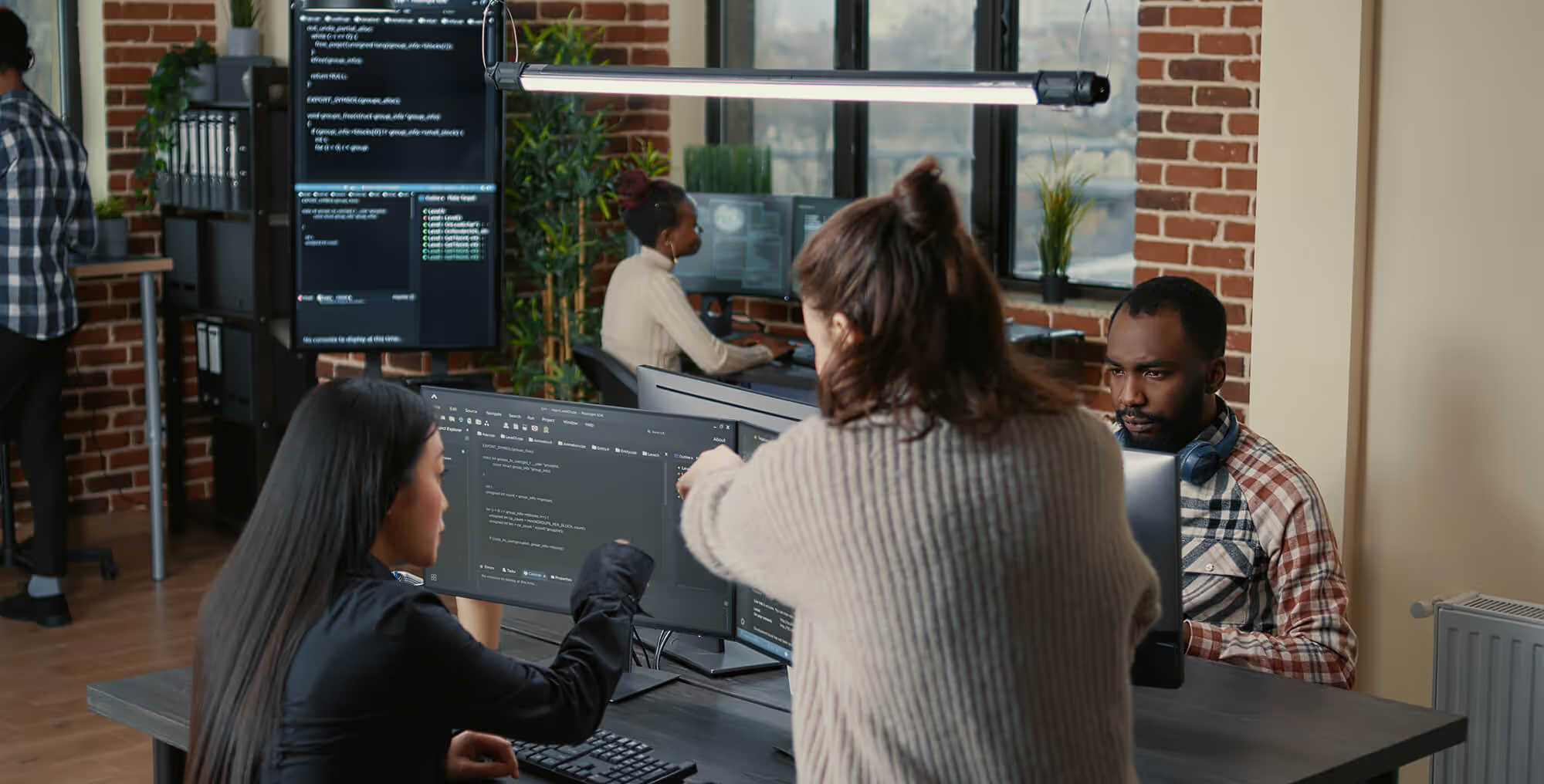
When the Right Tool Has Its Moment: My Experience with Web Components
By Tom Crawford, Software Developer
Not every useful technology is brand new. Sometimes a tool has been sitting on the shelf for years, quietly maturing, waiting for the right moment when the support, tooling, and community catch up to its potential.
Recently, I had the chance to put the Web Components standard to work for a client project. It is not a new technology — it has been around for over a decade — but in recent years it has finally reached a level of browser support and ecosystem adoption that makes it viable for more real-world applications. This project proved to be a perfect time to take advantage of that.
The Challenge
The client needed a component library for their applications. Their existing projects were built in plain Vanilla JavaScript, but they were considering React for future work. They wanted something that could work for both worlds without forcing them into a single framework.
That is when I thought of Web Components, a set of JavaScript APIs that lets you create custom HTML elements. They are framework agnostic, can be built in Vanilla JavaScript, and sounded like the perfect middle ground. When I pitched the idea, the client immediately liked the thought of having reusable components that would not tie them to a single front-end stack.
At Seven Hills, we always approach emerging technology — or in this case, maturing technology — with a healthy mix of curiosity and caution. We do not jump into something just because it is trending. We look for tools that solve the actual problem in front of us and will still make sense when the hype fades.
The Good
Working with Web Components felt refreshingly straightforward at first. There is no framework-specific syntax to wrestle with, just new methods to learn. If you already know JavaScript and HTML, you can get moving without weeks of ramp-up time. That meant I could focus more on solving the actual problem than on navigating the quirks of a new framework.
What made this project stand out was how much control the client had when using the library we built. Menu buttons could be added or removed within components whenever they needed, without calling us back in for extra work. Data tables could be customized to display exactly what they wanted. Business logic could be handled directly by the client or left to the built-in defaults we provided. We intentionally designed it so the library worked right out of the box, but with the flexibility for the client to tweak and extend it with minimal effort.
Because Web Components behave just like regular HTML tags, the same library could plug right into both their current JavaScript projects and any future React work without a heavy rewrite.
The Bad
That said, Web Components are not without their challenges. While the APIs are accessible, there is a lot to learn, and some of those methods are things you do not often touch when working inside a modern UI framework.
The bigger challenge is that you are suddenly responsible for all the behind-the-scenes work that frameworks usually handle for you. Input binding, lifecycle management, context binding — all of it is on you. That level of detail can be intimidating if you are not used to it, and it makes debugging and code tracing more involved than you might expect.
My Takeaway
Even with the hurdles, I would happily use Web Components again. They are powerful, flexible, and working with them gave me a chance to brush up on some of the less-traveled parts of the JavaScript landscape.
The main lesson I took away is that technology decisions should always be made with the specific situation in mind. In this case, the client needed something that could serve them well in Vanilla JavaScript today while keeping the door open to React tomorrow. Web Components were the right fit, and I would make the same recommendation again without hesitation.
At Seven Hills, this is exactly how we approach technology choices. We do not adopt something just because it is new or flashy. We experiment, we stress-test, and we ask hard questions about how it will perform in real-world scenarios. When the hype fades, we want our clients left with solutions that are reliable, adaptable, and worth the investment. That mindset keeps us curious, keeps us sharp, and, most importantly, keeps our clients confident that we are looking out for their long-term success, not just chasing trends.
Frequently Asked Questions
Latest Posts
We’ve helped our partners to digitally transform their organizations by putting people first at every turn.

.avif)























